Feeling trapped by rising prices and endless bills? You’re not alone. More and more people are realizing their dream of a peaceful retirement might be slipping out of reach.
It’s not just about money anymore, it’s about freedom — the freedom to live comfortably, to actually enjoy life without watching every dollar vanish. The world calls it inflation, but for most of us, it feels more like a race we can’t win.
Studies are calling it the “Financial Vortex”. Basically, the rising cost of everything is pulling people’s savings plans apart. About 73% of folks now say they’re worried the cost of living will mess up their retirement plans.
And get this: a recent study found that 64% of people fear running out of money more than they fear death.
It’s no surprise then that more and more people are looking for a Plan B. They’re searching for places where life is more affordable, where they can actually enjoy retirement without burning through their savings.
The good news? It’s totally doable.
The trick is finding countries with simple residency programs and reasonable living costs, places where your money actually goes further.
In this guide, we’ll look at 13 countries where you can live comfortably for under $25,000 a year (that’s roughly $2,083 a month).
You’ll get the basics: visa options, what day-to-day expenses really look like, and a quick take on the pros and cons of each spot.
Disclaimer: Visa rules and financial requirements change constantly. This article is for informational purposes and is not legal or financial advice. Always consult official government sources and an immigration lawyer before making a move.
Contents
Latin America: The Bang-for-Your-Buck Hub
Let’s talk about Latin America, the place where your dollar actually stretches and life feels a bit more relaxed. It’s become a hotspot for retirees who want a good living without crazy prices.
The best part? You’re still close to the U.S., and many of these countries make it surprisingly easy to settle in.
1. Panama: The Gold Standard for Retiree Benefits

Panama is often at the top of everyone’s list, and for good reason. Its Pensionado Visa is famous. All you need is a lifetime pension (like Social Security) of about $1,000 a month, and you’re in.
You can live well in Panama City for roughly $1,960 a month, and if you move outside the city, it’s even cheaper.
Why people love it: They use the U.S. Dollar, so you don’t have to stress about exchange rates. The retiree perks are incredible: discounts on flights, entertainment, and even your utility bills. Healthcare’s solid, too.
Downside: You’ll need a local lawyer to handle the paperwork.
2. Ecuador: A U.S. Dollar Haven with Easy Residency Programs
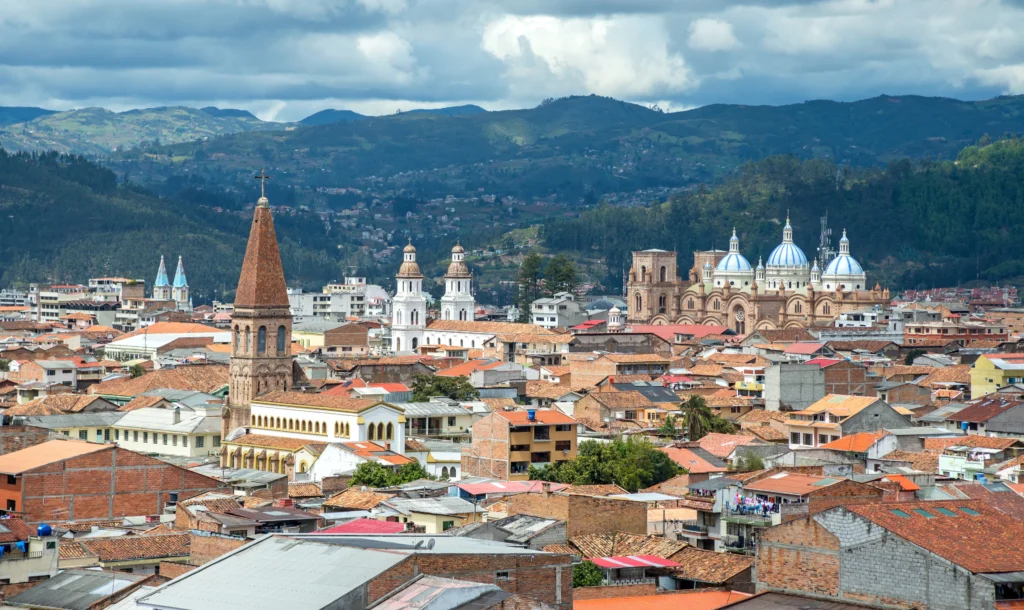
Ecuador has become a favorite for American retirees, with more than 10,000 expats already calling it home.
The Jubilado Visa is your ticket in. You’ll need to show a lifetime pension of around $1,410 a month (it changes slightly each year).
A couple can live comfortably in Cuenca or other mid-sized cities for about $1,500 a month. That’s rent, food, and fun all covered.
Why it’s great: Ecuador also uses the U.S. Dollar, and the healthcare is both good and affordable.
What to watch for: Some areas have seen rising safety issues, so it’s smart to stay aware and avoid risky spots.
3. Colombia: First-World Living Without First-World Costs

Colombia might surprise you. It’s modern, friendly, and offers excellent healthcare, ranked 22nd in the world by the WHO, even higher than the U.S.
You can apply for the M-11 Retirement Visa with a lifetime pension of about $1,100 a month.
In Medellín, a one-bedroom apartment in a nice neighborhood costs around $500 a month. And the weather? Locals call it “eternal spring.”
Why it’s appealing: Great healthcare, beautiful cities, and low costs.
Caution: Like anywhere, stay street smart. Don’t flash wealth and use ride-share apps at night.
You May like: 10 Expat-Friendly Cities Where You Can Actually Live Like a Millionaire on Just $1,500 a Month
4. Brazil: A Path for Nomads and Retirees
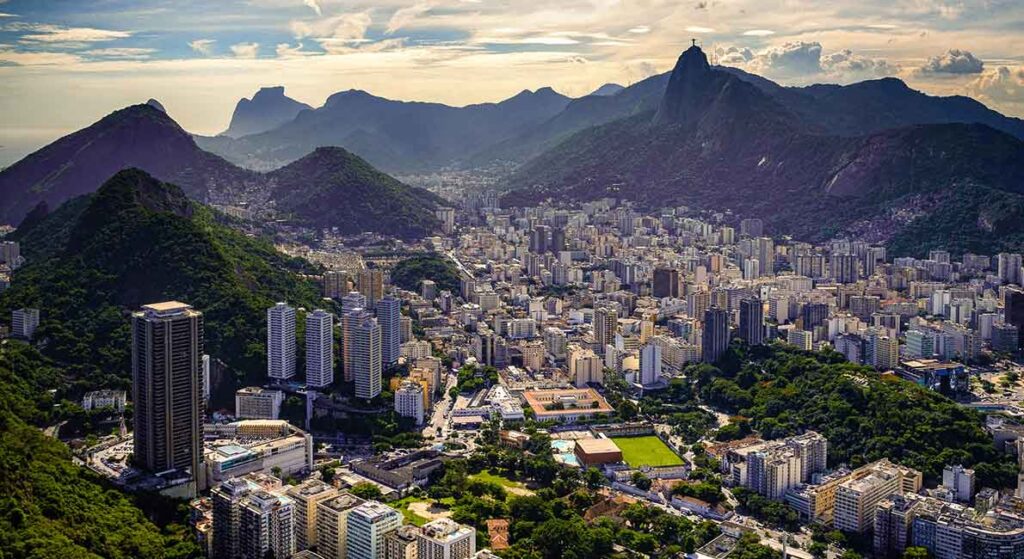
Brazil’s culture is hard to beat; music, beaches, and a contagious energy. The country offers two visa routes under VITEM XIV: one for retirees and another for digital nomads.
For retirees, you’ll need an income of $2,000 a month. The nomad route is easier, just $1,500 a month in income or $18,000 in savings.
You can live well for under $1,000 a month in many parts of Brazil.
Why it stands out: The vibe, the nature, the culture, it’s all next level.
The catch: Portuguese is essential if you’re staying long-term. English isn’t common outside big tourist areas, and safety can be an issue in large cities.
5. Argentina: The ‘Economic Wildcard’ Path to Citizenship
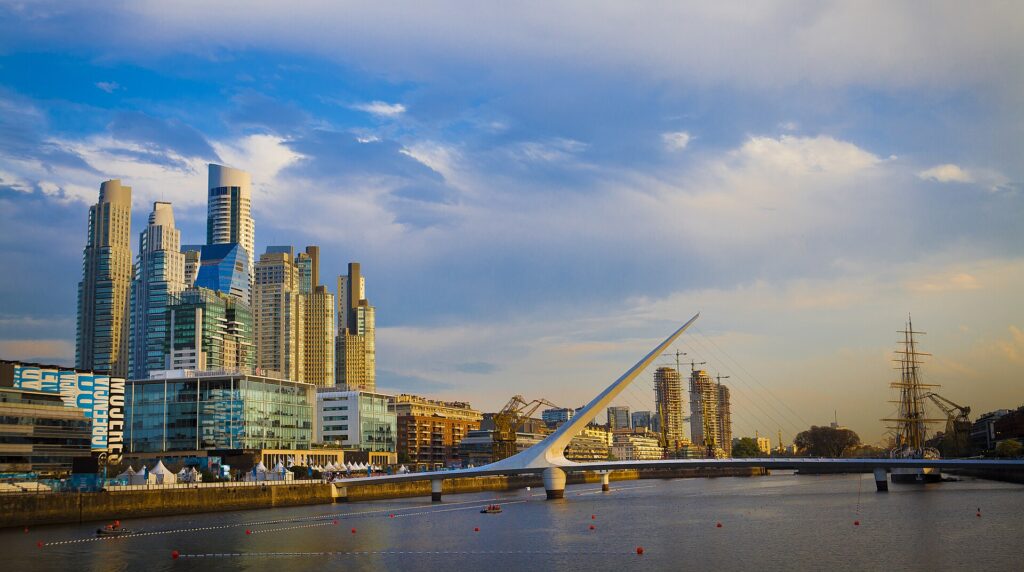
Argentina feels like Europe, but with South American prices and some financial chaos.
The Rentista Visa lets you qualify with a steady passive income of about $1,400 a month.
The cost of living is hard to pin down because of inflation, but around $1,500 a month can still get you a comfortable life.
Why it’s worth a look: You can apply for citizenship in just two years, which is rare. Plus, Buenos Aires is packed with culture, food, and charm.
The risk: The economy is unpredictable. Prices can change from week to week, so you’ll need to roll with it.
Read: 10 Countries That Will Pay You to Move There in 2025
Europe: The Old World on a Budget
So you’ve got Europe on your mind. Cobblestone streets, café mornings, maybe a bit of sea breeze?
Good news: you don’t need a millionaire’s budget to make it happen. A few countries still offer that old-world charm and affordable living. Here’s where to look.
6. Portugal: One of the Best Countries to Retire in Europe
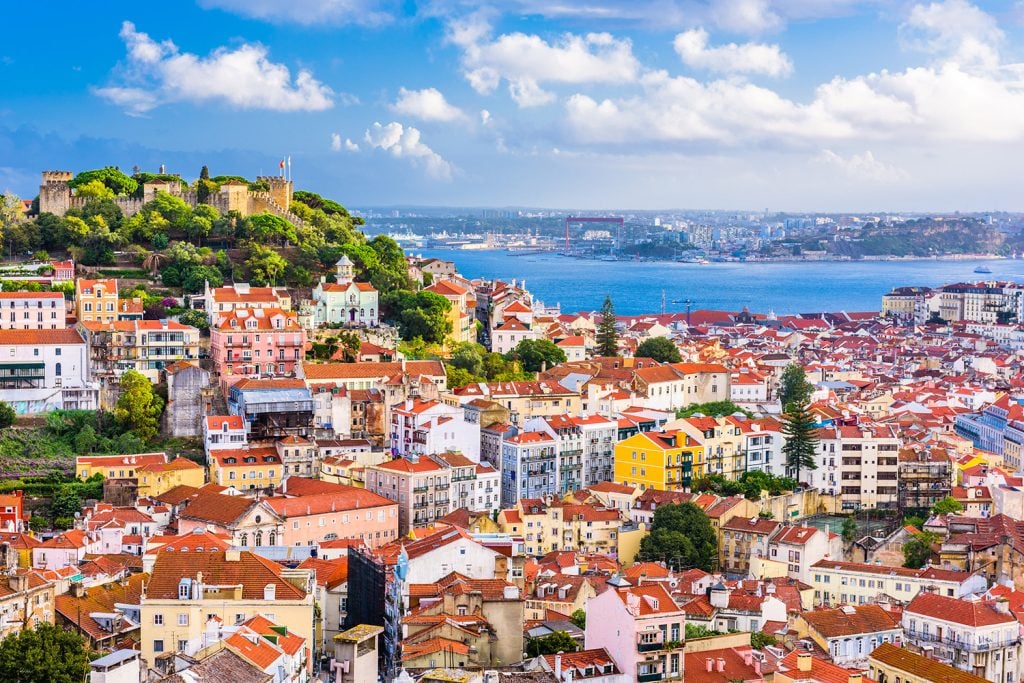
Portugal is everyone’s favorite for a reason. It’s safe, sunny, friendly, and the D7 Visa makes it easy for people with passive income to move there.
You’ll need to show just €870 a month (around $930) in steady income. That’s all it takes to qualify.
You can live comfortably in smaller towns for about $2,000 a month, though Lisbon is pricier, closer to $1,600–$2,100.
Why it’s a winner: It’s one of the safest countries in the world, healthcare is excellent, and after five years, you can apply for an EU passport.
Downsides: Portugal’s bureaucracy moves at a snail’s pace. The immigration agency is slow and often backlogged, so patience is key.
Also Read: 11 Unexpected Things No One Tells You About Living in Portugal (The Good, Bad, and Shocking)
7. Georgia: The ‘Try Before You Buy’ Option
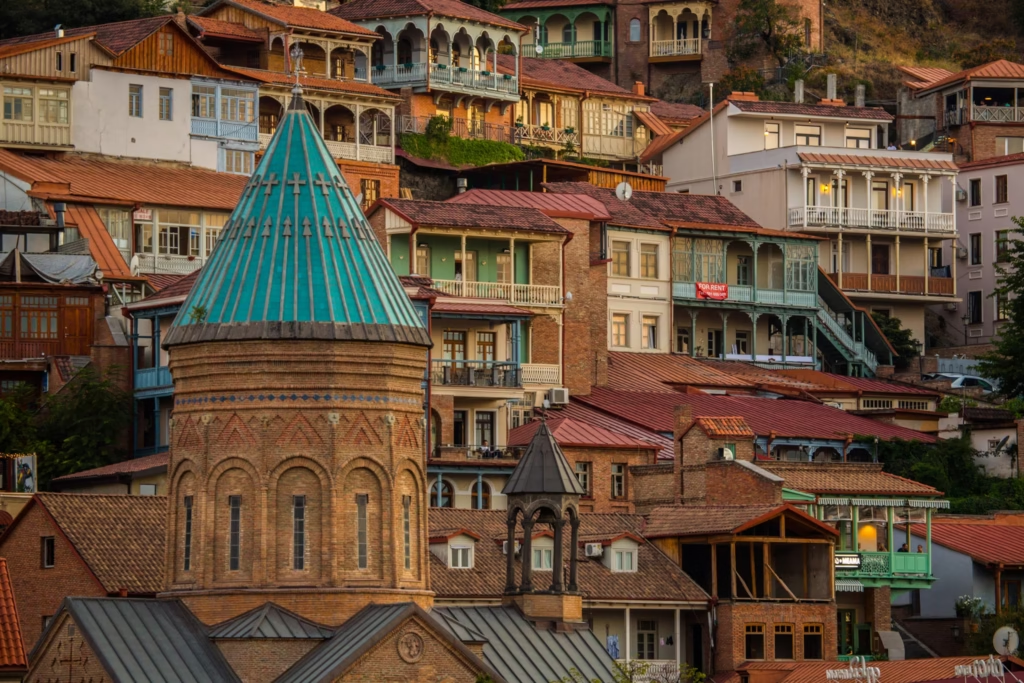
If you want to “try before you buy,” Georgia is perfect. It’s the easiest country in the world to test out a new life abroad.
Citizens from over 90 countries (including the U.S.) can stay visa-free for a full year. No forms, no fees. Just a stamp in your passport when you land.
Want another year? Leave the country and come right back.
You can live very well in Tbilisi for $1,100 to $1,500 a month, and rent for a one-bedroom apartment is just $400–$600.
Why it’s great: Super easy entry, low taxes (as little as 1% for freelancers), and a welcoming expat scene.
The catch: It’s not a true residency visa, so you don’t get long-term benefits. Healthcare is improving, but still behind Western Europe. Private insurance is a must.
8. Albania: Europe’s Secret Coastal Deal
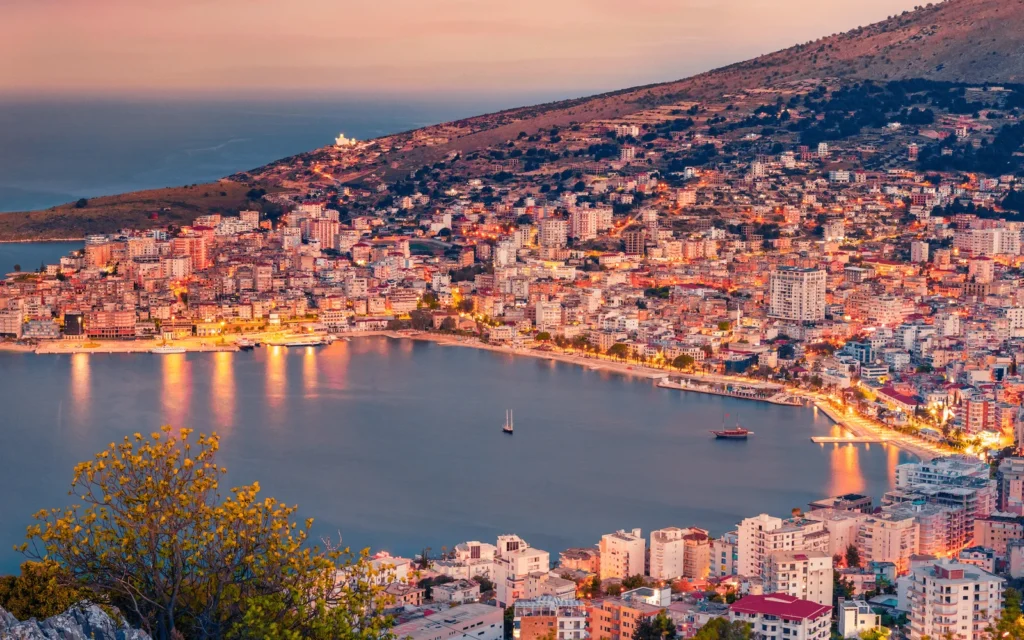
If you’ve ever dreamed of Mediterranean life — blue waters, mountains, great food — Albania delivers it all on a serious budget.
The Retirement Residence Permit is simple and affordable. You just need to show a stable income of about $1,343 a month.
You can rent a city-center apartment for around $330, and live comfortably on about $1,000 a month.
Why people love it: You get that Mediterranean lifestyle at a fraction of what you’d pay in Italy or Greece. Plus, it’s one of Europe’s safest countries.
What’s not ideal: The infrastructure isn’t quite as polished as in EU countries, but it’s improving quickly.
A Quick Note on Hungary and Croatia

Hungary and Croatia often pop up on retirement lists, and for good reason. They’re beautiful and affordable.
But here’s the rub: their easiest visas are aimed at digital nomads with higher incomes. Hungary’s White Card needs about €3,000 a month, and Croatia’s requires €3,295 a month.
So while both countries are fantastic places to live, they don’t fit a $25,000-a-year budget for easy residency.
Asia: The Value and Lifestyle Hub
If you’re chasing good value, great food, and a comfortable lifestyle, Asia is where it all comes together. It’s modern, affordable, and packed with culture.
You don’t need to be rich to live well here; just smart about where you land.
9. Malaysia: Easy Living with World-Class Healthcare
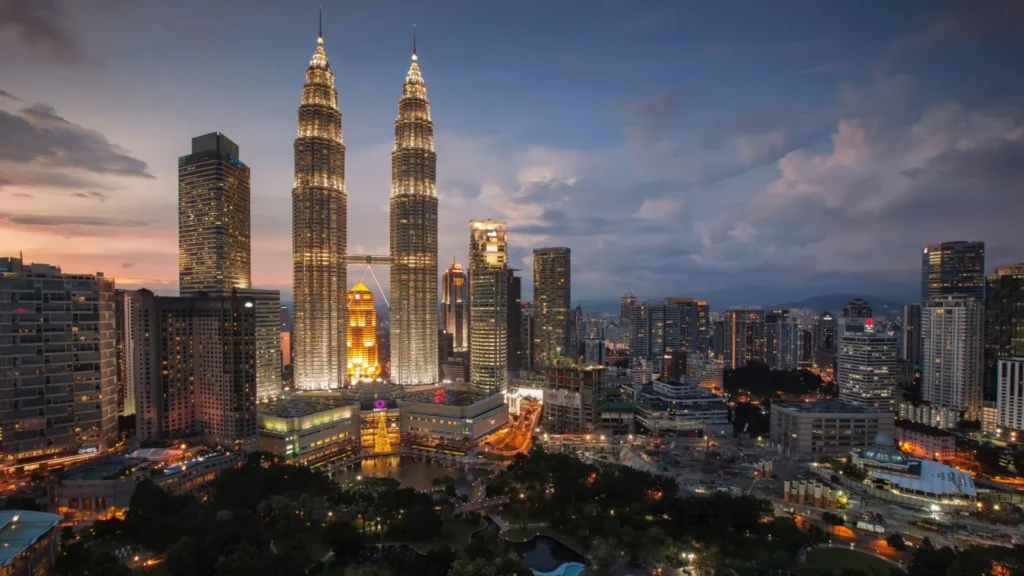
Malaysia gives you a first-world lifestyle without the first-world prices. The key is knowing which visa to pick.
Skip the main MM2H program. It’s gotten expensive. Instead, look at:
Sarawak-MM2H (S-MM2H): Requires about $2,200/month in income or $22,000 in savings.
DE Rantau Digital Nomad Visa: Perfect for remote workers earning $2,000 a month.
You can live very comfortably here. Many expats say it feels downright luxurious.
Why it’s great: Amazing, affordable healthcare, English spoken everywhere, and top-notch infrastructure.
The drawback: Visa rules change often, and the process can get confusing.
10. Thailand: The Classic Choice for Retirees Over 50

Thailand has been a retirement favorite for decades. Beaches, temples, great food, and a laid-back lifestyle.
The Non-Immigrant OA Visa is the go-to option for retirees.
You need to be 50 or older and show either $1,760 a month in income or $22,000 in the bank.
You can live very well on $1,000–$1,500 a month, especially outside Bangkok.
Why people love it: It’s fun, friendly, and full of life. The food, culture, and travel options are hard to beat.
The catch: You have to be 50 or older to qualify; no exceptions!
11. The Philippines: A Welcoming Home with a Deposit
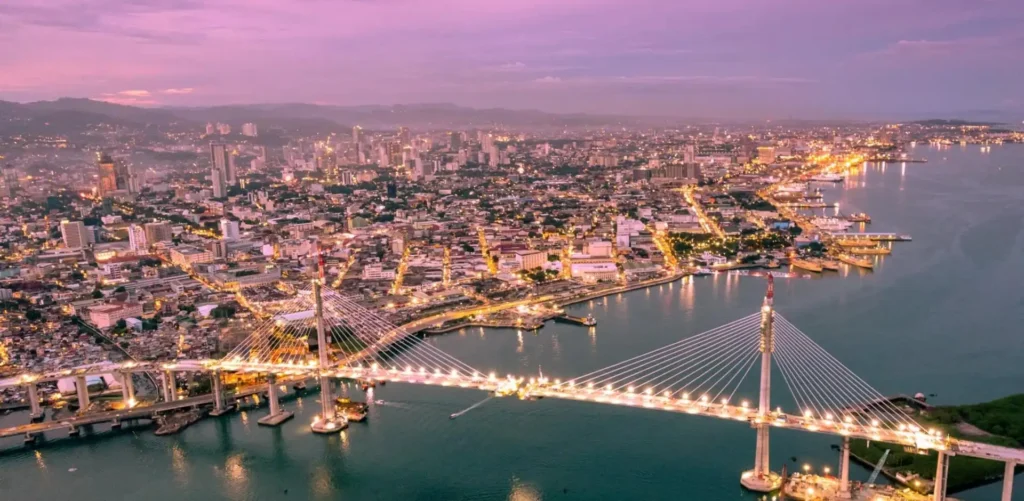
The Philippines is one of the most welcoming places in Asia, especially for retirees.
Its Special Resident Retiree’s Visa (SRRV) makes long-term stays simple.
If you’re 50+ with a pension, you’ll need at least $800/month plus a $10,000 deposit.
If you don’t have a pension, it’s a $20,000 deposit.
You can live comfortably on about $2,178 a month, with English as one of the official languages. That’s a huge plus.
Why it’s appealing: The SRRV is permanent, so you can come and go freely. The people are warm, and life is easygoing.
Downside: You’ll need that deposit upfront, which can be a hurdle.
12. Cambodia: The Easiest Visa and Lowest Cost
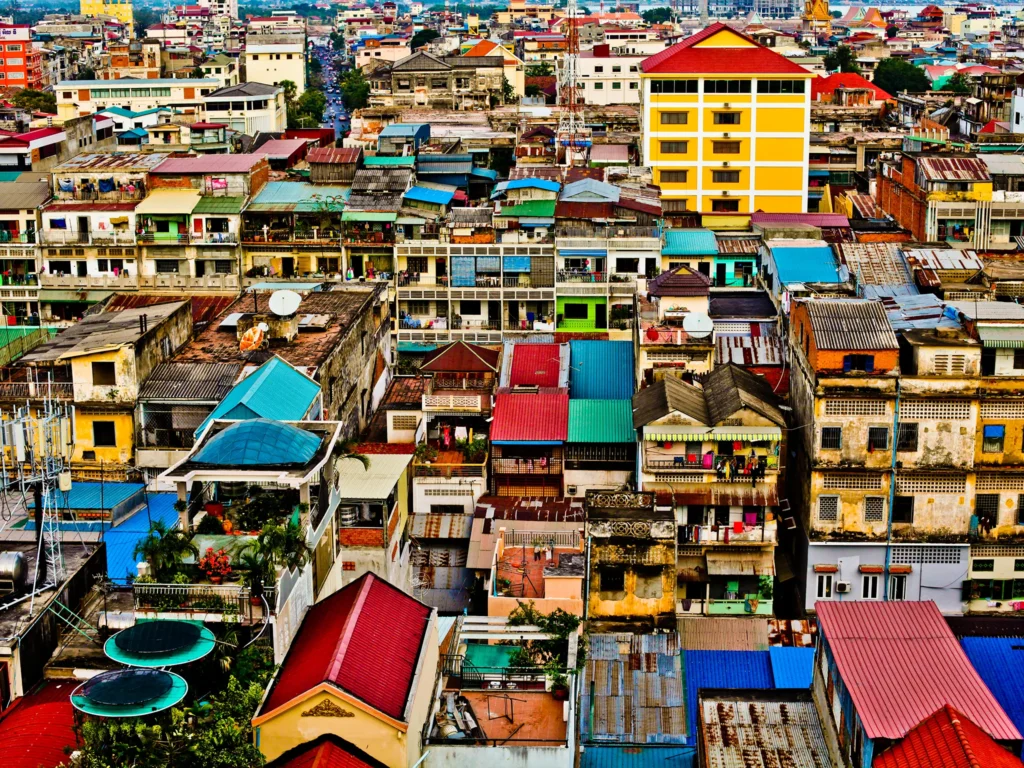
If you want pure simplicity, Cambodia wins. It’s incredibly affordable and very easy to stay long-term.
You enter on an E-Class Visa (just $35) and then extend it for a year with an ER (Retirement) tag through a local travel agent.
You must be 55 or older, and that’s pretty much it.
You can live in Phnom Penh for around $850 to $1,200 a month, one of the lowest costs anywhere.
Why it’s great: The visa process is almost effortless, and the cost of living is incredibly low.
The big drawback: Healthcare is unreliable. For anything serious, you’d need to fly to Thailand. So, medical evacuation insurance isn’t optional; it’s a must.
13. Vietnam: Fantastic Lifestyle, But Not Easy for Long Stays
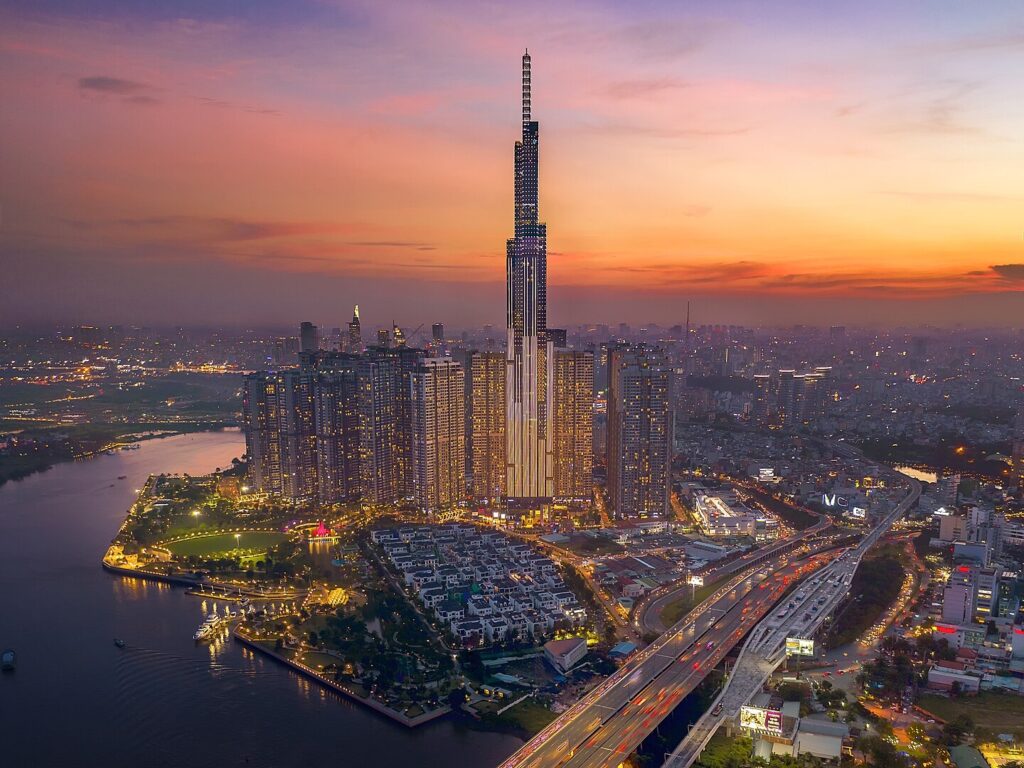
Vietnam is a dream for food lovers and digital nomads: affordable, beautiful, and buzzing with energy.
The issue? There’s no simple long-term retirement visa right now. Most people live there on 90-day e-visas, doing quick “border runs” every few months.
So while the lifestyle is amazing, it’s not true residency yet.
Final Thoughts
The dream of living better for less isn’t some far-fetched idea.
Retiring abroad on under $25,000 a year is totally doable. The key is finding the right mix of comfort, cost, and lifestyle that fits you.
Sure, there are trade-offs. You might give up the solid infrastructure of the U.S. for Cambodia’s ultra-low prices.
Or maybe you swap a big pension for Panama’s easy entry at just $1,000 a month.
Portugal might tempt you, too. A little slower, a little more paperwork, but endlessly charming once you settle in.
These 13 countries are just the starting point. They’re proof that a good life doesn’t have to cost a fortune.
Your next chapter is out there. You just have to decide where to begin.